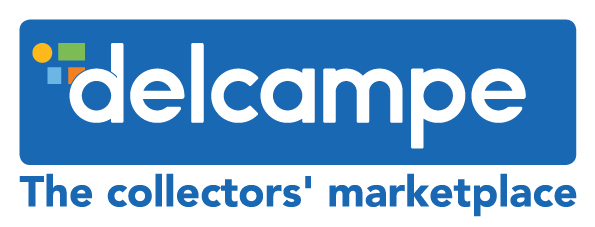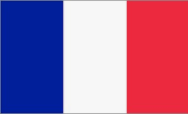How to collect stamps?
The stamp collector – once and tomorrow
Stamps are enjoying a certain popularity again. However, a distinction should be made between an investment and a pastime. Some want to put a status symbol in their safe or „spread“ their form of investment with stamps or letters – just in case, so to speak. This first type of collecting usually has nothing to do with interest or research, it lacks the hardly describable passion of hunting for unique specimens, unknown plate errors or rarely used postmarks. The goal of perfection of a collection of stamps of a country from catalogue number 1 to 1346 exhausts itself at some point, if one has enough money and is willing to spend it. At some point, it comes to an end, especially when the issuing policy of a country or a post office is no longer guided by anything but economic return
To escape this frustration, here are a few forms of collecting that depend not only on material circumstances, but especially on the collector’s imagination, interests and inquisitiveness.
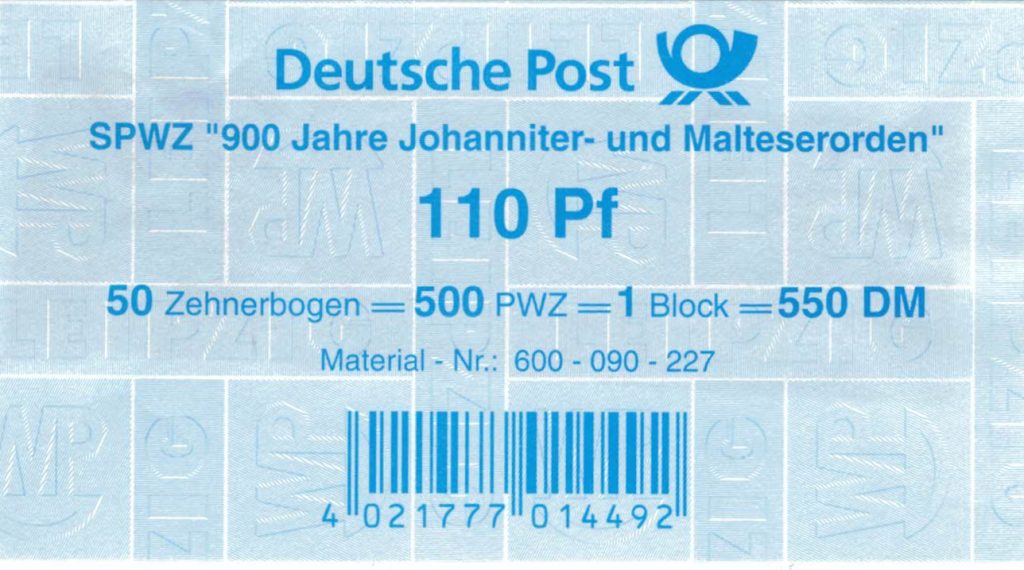
The stamp auctioneer to one of his consignors: „Isn’t it true that you recommend me to your circle of acquaintances?“ „Yes, very much so, only at the moment I don’t know anyone I have anything against.“
Stamp as a cultural asset
Stamps not only serve to frank postal items, but are also a means of state representation: both individually and in their entirety as an annual stamp programme, they reflect the cultural diversity of a country and the spirit of the times, and draw attention to outstanding events and personalities as well as things of general interest. In this respect, the stamp is an ambassador of the respective country. In addition, as a medium in itself, it is a cultural asset with a long tradition. The stamp is therefore both a postage stamp and a work of art. Due to its history, it is also a popular collector’s item (taken from the homepage of the Federal Ministry of Finance).

A man walks into the post office and asks for a 55-cent stamp: „But please make the price off!“ he says to the postman, „It’s supposed to be a gift.“
The collection of motifs
Motifs are inexhaustible – countless, like sand on the sea. Let’s stay with this motif: sand and sea, the inhabitants near the coast, the colourful growth under water, the coral reefs with the colourful fish. You could compete with every aquarist with this, you don’t have to change water, check the work of the window cleaners or feed them daily. And you could acquire a great deal of knowledge about it, understand the thesis and antithesis of the dangers to the underwater world due to climate change. Or let’s just think of the world of plants in the Andes: we can bring the flora into our living room, put together our own botanical garden on tokens, the forests, the cacti, the interactions of the plants with each other – this would be a world that has not yet been fully explored in reality, because especially in the tropics, species die before they are discovered.
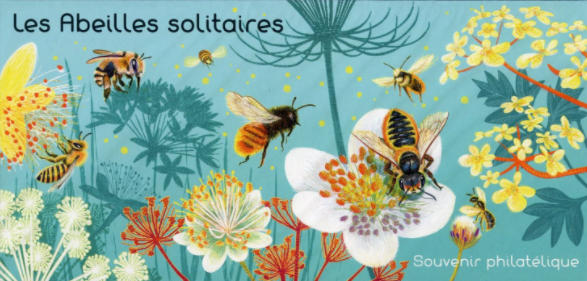
Question to Radio Yerevan „Hello, is there postal surveillance in the Soviet Union?“ – Answer: „In principle, no! – However, letters with anti-Soviet content are not carried!“
Tracing the path of an artist
The engravers of stamps are usually immortalised with their names on the stamps. If we particularly like a certain style of stamp and can attribute it to a particular engraver, we could try to trace his artistic path through the engraved stamps over the years. We will find that there have been idiosyncratic artists or artists moving the reed in the wind, some have maintained their style throughout their lives, others adapted or their work ended abruptly – not only by the end of their lives.

Corona update: Postmen now also work in the home office. They read all the letters and if there’s something important in them, they call you!
Homeland Collecting
Who can claim to know their homeland well – there is always more than Wikipedia knowledge. First of all, there are all the postmarks that have been struck over centuries. Perfins and postmarks of companies, maybe even their own stamps. Of course, pre-phila letters with special notes, stamps and seals are very decorative. One can let oneself be guided by the covers and only specialise later. In most cases, the dentist effect occurs: the more you drill, the more you find.
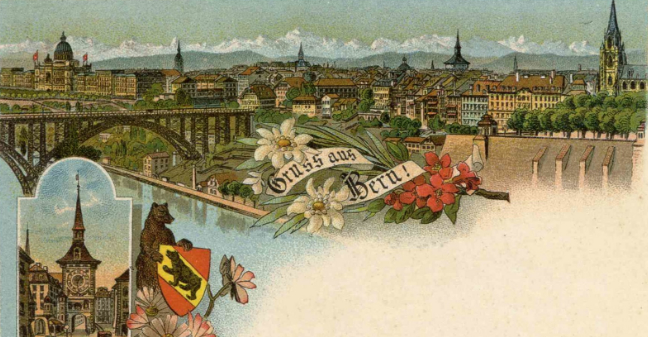
Collector to her boyfriend: „Why do you always take your clothes off when you stick on a stamp?“ – Friend: „Quite simply because it says on the card: Please uncover!“
The Research Collection
There are still open questions in philately. Perfins can serve as an example – on Wiki we find the following entry on this: The perforation of stamps was a security measure against theft of stamps by the staff. In English and partly also in German they are called Perfin, from the English abbreviation „Perforated Initials“. So we do not yet know every perforation, not all the dates of use – it is a big field that we can still plough.
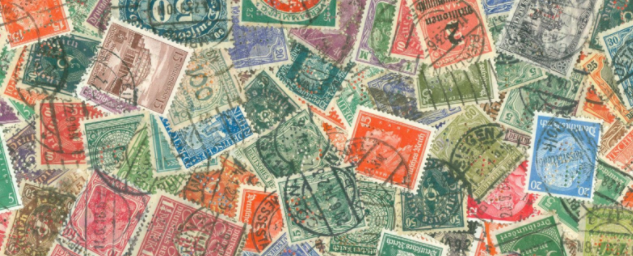
A postal worker stamps the stamps on the letters all day. Someone asks him if that’s not boring? – „No“ – he replies – „I can’t say that it is. It’s a different date every day!
The postmark collection
A stamp collection can degenerate into research; through persistent searching one always finds hidden or even unknown things. Times of peace and war change not only the people, but also the postmarks. If a place lies on an old postal route, the field of finding becomes huge. Whether you only collect stamps of a town or a region is up to you. You should start small, because you quickly realise that there are no borders to cross!
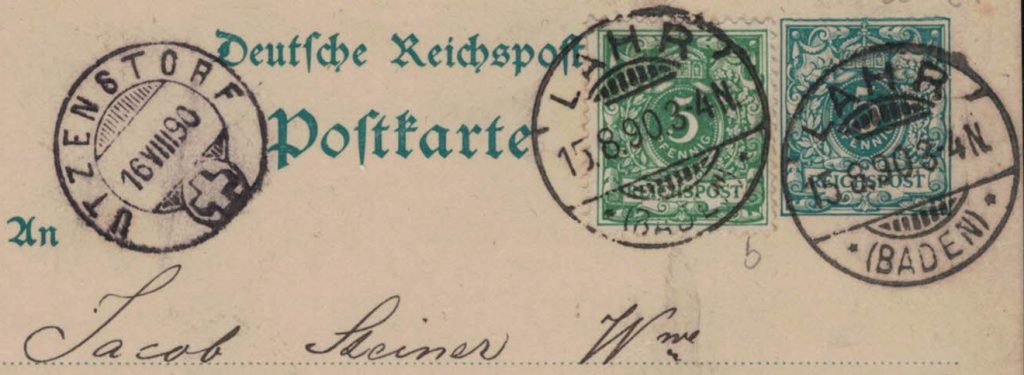
Two people are sitting in the loony bin. One is writing a letter. „Who are you writing to?“ – „To me!“ – „And what does it say?“ – „I don’t know yet, the letter won’t arrive until the day after tomorrow!“
Postal Stationary
Postal stationery are cards or letters on which the fee is imprinted. Some of the cards are picture postcards showing landscapes, buildings or monuments. Envelopes may also have senders with advertising messages printed on them. The collecting possibilities are without limits.
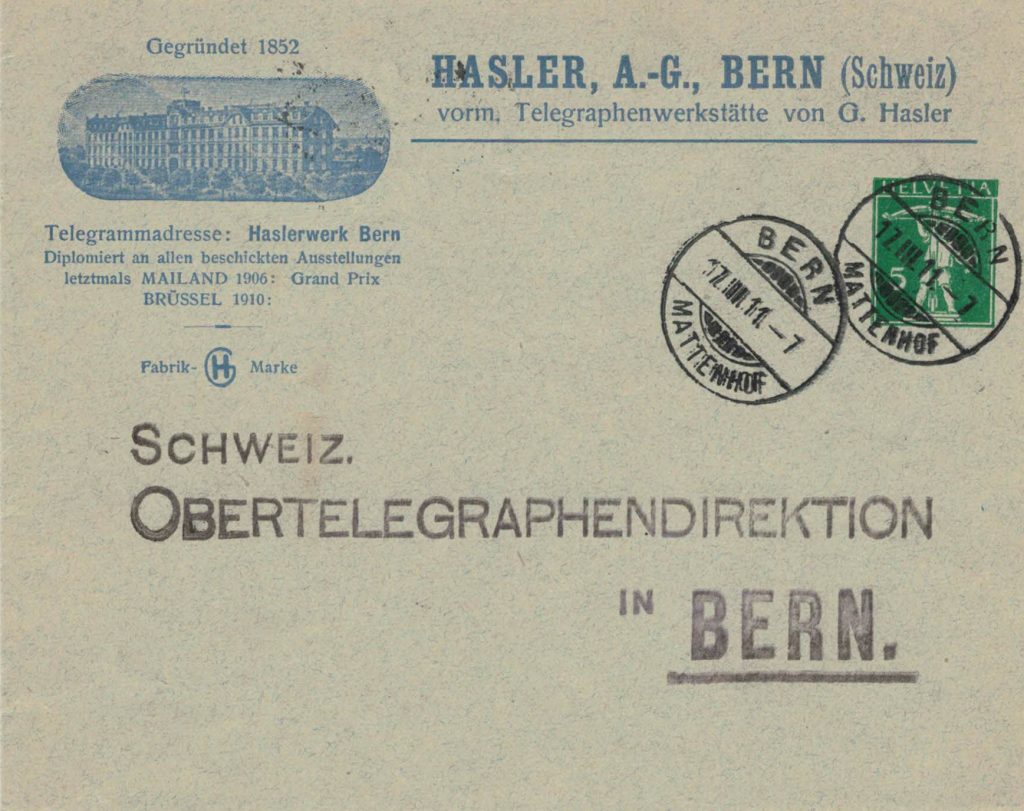
Franz to his friend Josef: Today Hans sent me a letter from Australia. Josef: And what did the letter say? Franz: I don’t know, I sent it back unopened, there was no stamp on it.
Aerogramme
„Lightweight-airmail-covers“ are a special form of postal stationery. They date back to the time when weight still played a role in flying, i.e. they were printed on thin paper and the scribe could write his text on the back of the aerogramme. These postal stationeries are often coloured and captivate with their artistic touch.
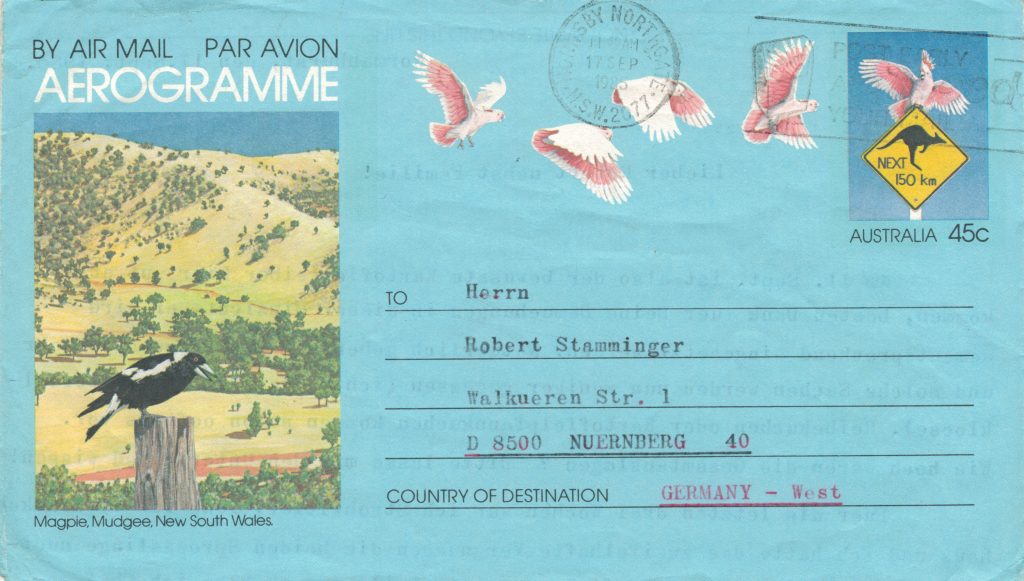
One philatelist asks another: tell me, which film do you think is the worst of all time? – Prompt answer: Tesa film!
Pre-Philately
Letters were also carried before the introduction of stamps. This period is called pre-philately. To describe such covers well, one needs knowledge, literature and usually good contacts. Postmarks, fees and seals tell us history and stories about postal routes, senders and recipients. It is an exciting field, but one that can only be mastered with knowledge of old writing.
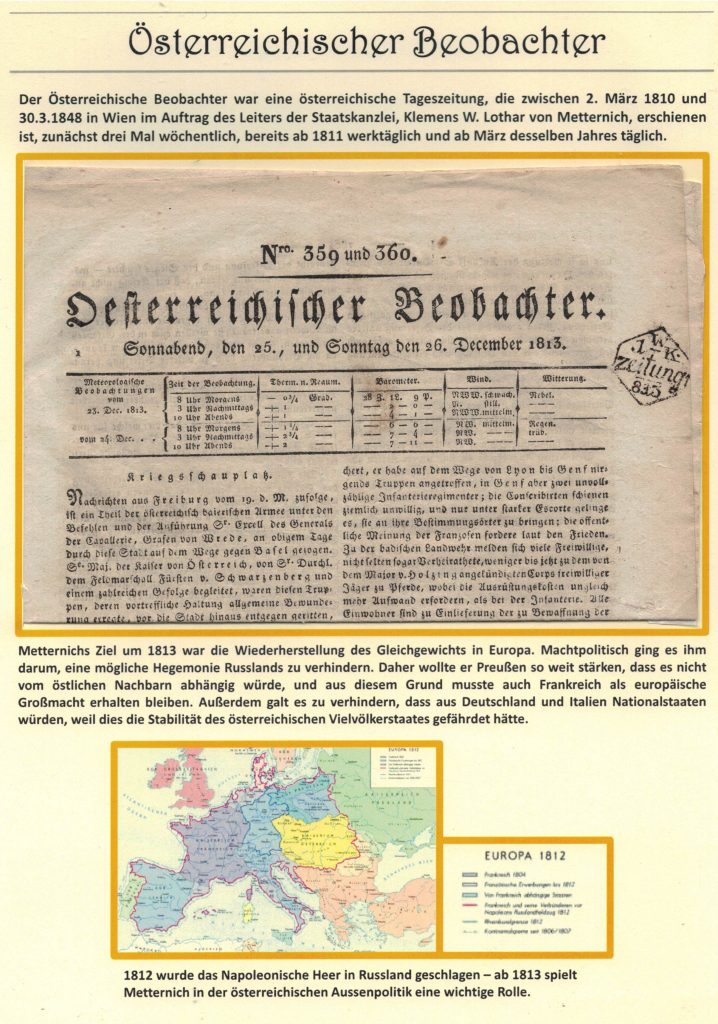
He goes on a journey. – She: „will you write me a love note from every town?“ – He: „of course!“ – She: „also from small towns?“ – He: „of course!“ – She: „even from tiny hamlets?“ – Him: „is it about love or do you just collect stamps?“
Telegrams
I no longer collect forward. When a collector says this, he means that he no longer renews his subscription with the post office, because his collecting area would expand more and more. Telegrams no longer exist in many countries because the service, the overheads of the post office, have become too high. It would therefore be a closed collecting area. If stamps are described as small works of art, telegrams are actually large works of art. And the texts are often revealing: instructions to buy or sell, arrival time of a ship after crossing the Atlantic, a congratulation on a wedding or birthday.
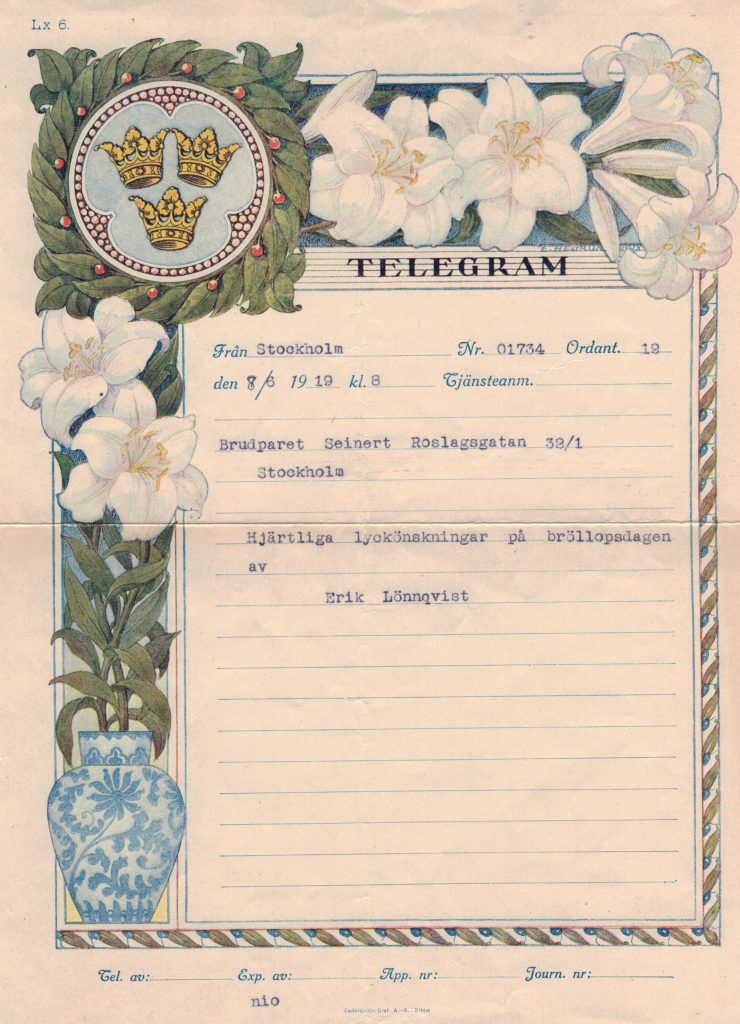
Customer at the post office: „Do you also carry 60-cent stamps?“ Postman: „Yes, of course!“ Customer: „…and what should they cost per piece?“
Thematic Philately
It is like a conglomerate of the possibilities mentioned before, but you tell a story in the theme. It can be something technical or historical. Again, there are themes without an end on the horizon. Those who like to present their knowledge from their profession can draw from the full, because one thing can be said: there is nothing that cannot be presented with philatelic evidence. It may be that one is challenged to explain something in a roundabout way – with a little imagination it always succeeds. Sometimes we ourselves, or at least the viewer, are forced to make mental leaps. A particular advantage is that the exhibits do not have to be expensive. With other types of collecting, one may come up against one’s material limits. This can be frustrating and you give up a beautiful hobby with which you can spend your free time in such a fascinating way. This is particularly true of the subject matter, because here one is not subject to any material constraints and no limitations imposed by catalogues or other specifications.

A wise guy comes home from the post office and gives his colleague back the money he had given him: „Here’s your money back for the stamps,“ he says, beaming with joy. „I just put the letters in without stamps when no one was looking.“
Philately without barriers: Open Philately
One can certainly try, because it is also very attractive to liven up a philatelic collection with other covers. One could also call it unrestricted philately – even if 50% of the covers [in the competition] have to be philatelic. Unfortunately, once again two Anglicisms had to be used to give this type of collecting a modern-sounding name. Newspaper cuttings, maps, drawings, banknotes, book covers, postcards, shares, value cards or comics can support the story told with circumstantial evidence or proof. Especially with political themes, non-philatelic covers do particularly well, because you can mix them very harmoniously into the philatelic covers shown.
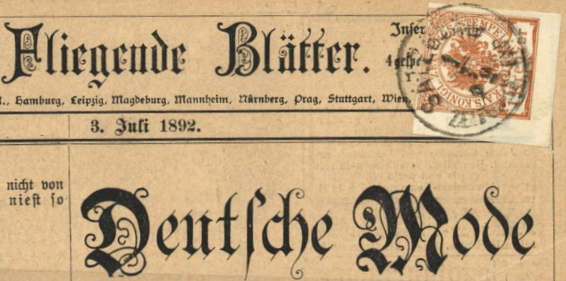
Student in a letter to his father: „Dad, where is my money?“ – Father’s reply: „Here“.
Social Philately
Do you have many letters from your grandmother? This would already be a basis for a small collection, because now it is no longer only stamps or postmarks that are of interest, but the sender and recipient, along with the content that you can read in a letter. These letters could be placed in the context of the period. An old pile of correspondence can thus become a treasure trove about the views, customs, thoughts and actions of our ancestors. Photographs, school reports, contracts etc. can also be incorporated here.
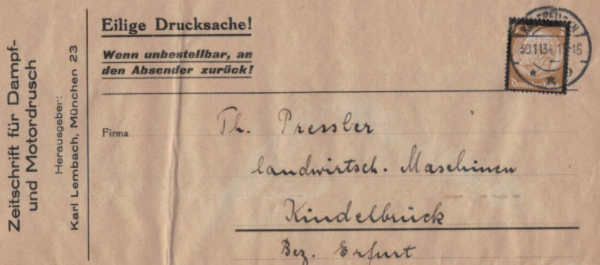
A child’s mouth: Little Konrad buys several sheets of stamps at the post office. He proudly explains to the postman: „I’m going to stock up before you raise the prices again.
Picture postcards
In the past, people still wrote postcards from the place they had travelled to. Whether short or long, whether rhyme or prose, the recipient could look over the plate wheel and see landscapes of other countries. Over time, picture postcards became more colourful, often a text was already printed on them and all you had to do was sign and stamp. Old picture postcards were often produced as lithographs and are classified as „works of art“ – but they are also witnesses of the past. Comparisons can be made with the landscape of today: banks have been built up, forests have replaced pastures, the venerable hotel no longer stands or has been rebuilt. Some maps show people, animals or food and show us fashion, animal breeds or food culture of bygone days.

Postman: „You have to put another stamp on this parcel because it is too heavy.“ – Customer: „But another stamp will only make it heavier…“
Should you enter the competition with your collection, your exhibit?
If someone is a very sensitive type who takes criticism to heart, he should first let it go and sniff the air of the exhibitions beforehand and join the juror and exhibitor and listen to their expert discussions. At such stamp exhibitions, one can get ideas, especially concerning the design of one’s own exhibition. Should you fix your treasures on coloured paper, work with A3 sheets or should you choose a special size? Which computer programme should be used to create frames and fonts, etc. – one gets tips and can get information on the ratings awarded. Measuring up to others is a human characteristic: running or calculating faster, being more skilful, knowing more, are qualities we learn from childhood. Why should it suddenly be any different with our own exhibition – however: one should never only orient oneself according to guidelines, one’s own collection must first and foremost please ourselves. So when a juror evaluates you, it can happen that you are disappointed. But one must not assume that a juror knows everything we have presented. And the innovation of a collection is only a small segment within the evaluation scheme. Here, again, the quality and rarity of the material is taken into account, which can also mean more expensive material. However, this only applies if you want to reach the very top……, if you simply enjoy showing your collection and delighting others with it, you can do without the expensive pieces.
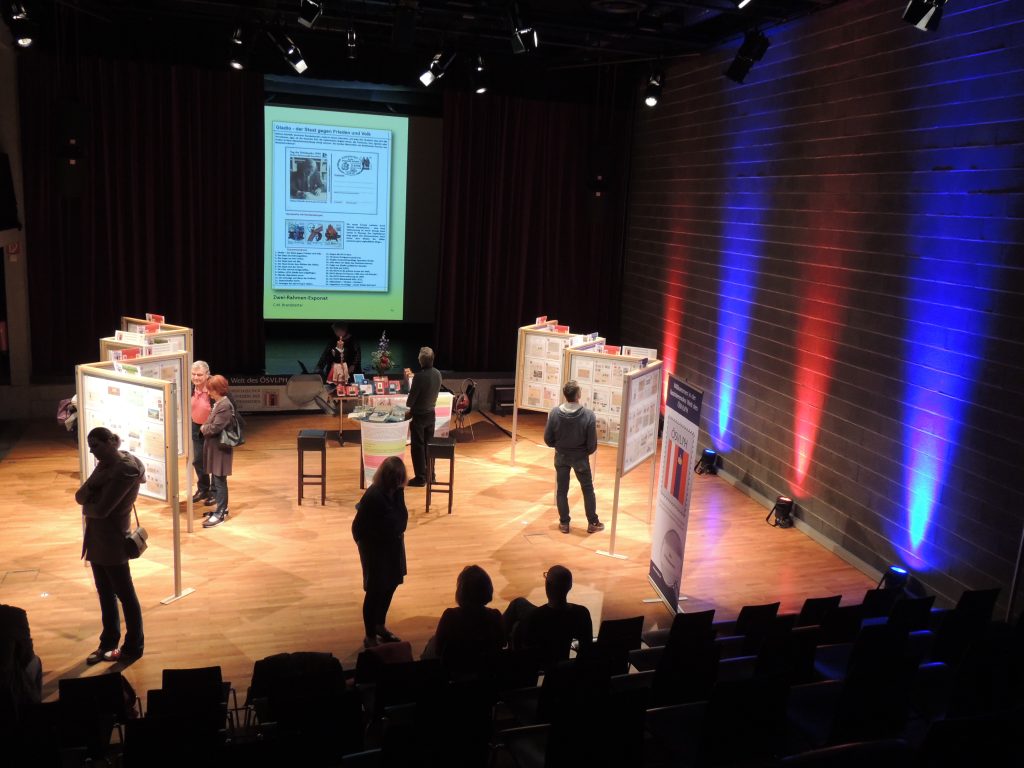
At the regulars‘ table of the stamp club, one of the collectors sits there completely dejected. Someone who joins later: „What’s wrong with Hubert today? He’s always so cheerful!“ – „Hubert exhibited his collection at the stamp exhibition in Hamburg, where they broke open all the frames at night and took all the collections!“ – „Oh dear, I can understand that. That’s a bitter loss!“ – „Nah, not because of that! But they were the only ones to leave his collection hanging!“
Stamps in kindergarten and in the classroom
Stamps can be used to create games from an early age: Memory training with a home-made memory game: stick a stamp of the same type on each of two identical cardboard cards. The more such pairs are available, the more children can play. – You can also make your own quartet cards. Stick 4 stamps each from the same field of knowledge onto 4 cards: butterflies, cars, locomotives, plants. There are no limits to your imagination. – Gluing collages with stamps is a great way to pass the time – children can show off all their creativity here too. There is so much in our children! – Let children tell stories with stamps. With five stamps you can show a walk in the woods, a visit to Aunt Frieda’s or a day on holiday – children can form their own sentences – adapted to their age -, learn terms and recognise details: bird – songbird – blackbird – ornithology.
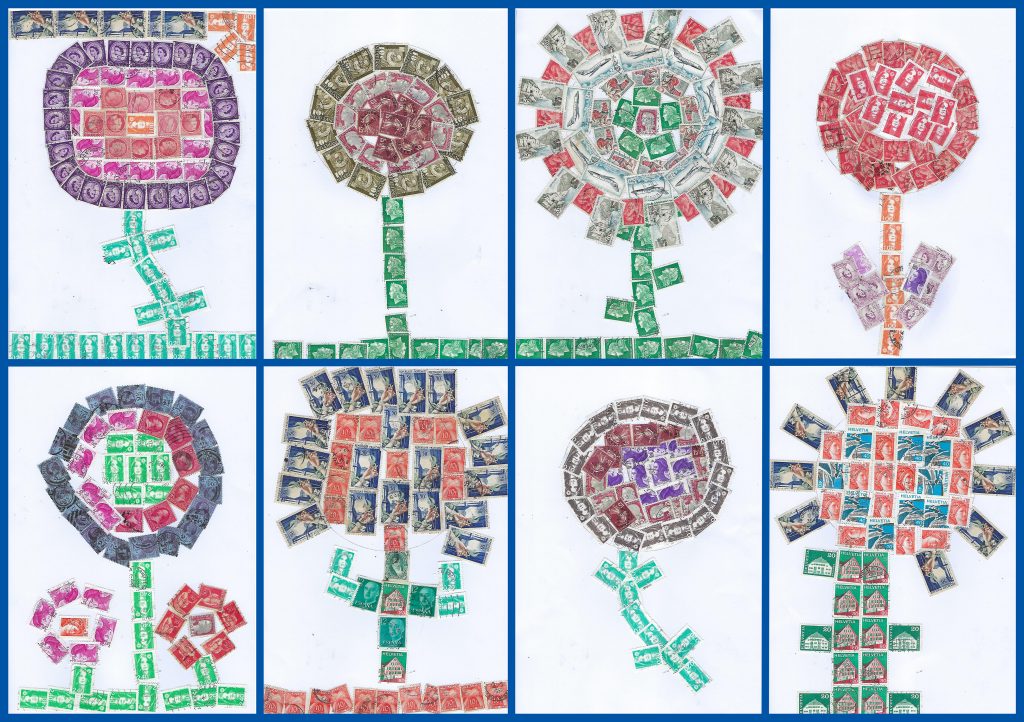
A child explains the anatomy of a stamp to the teacher: „Every stamp has three sides; but be careful: the stamp has teeth on the smallest one“.
Apropos Medizinphilatelie.com
The humorous presentation of the ArGe Medizin und Pharmazie on the BDPH.de website shows us that philately does not have to be a serious subject:
Who is unfamiliar with the slogan: „Not without gum!“ – it has both a medical and philatelic background. But there are many other similarities between doctors and stamp collectors: tweezers, light and magnifying glasses – doctors and philatelists work with them. Medical conditions are also similar: the philatelic hypochondriac, for example, complains that the stamp is not centred, the date not clearly legible, and the watermark indistinct. And what if a prong is missing? The doctor will express it differently, but mean something similar. „All funds“, on the other hand, also means the same thing, it’s all about the dear money. And the water bath is also said to have been prescribed. The doctor means „a rash“, the philatelist „foxing“. Even in examinations, the vocabulary is similar: after a long search, the ENT doctor finds „a perforation“, the philatelist also examines openings in stamps and calls them perfins. Even cosmetic surgery is performed by the philatelist when he cuts out a stamp or postmark with as equal a margin as possible and does not leave the cover as it was once created. In their jargon, philatelists call the specialist who draws up expert opinions an „examiner“. And many a doctor or patient complains about excess kilos, the philatelist calls it folding. The psychiatrist will expose Erik as Erika, the philatelist calls it Kehrdruck. Philatelists can compare pneumatic post with the work of a urologist. When it comes to overprints and overprints, we can think of tattoos. With gutter, centrepiece or perforation, we end up back in a doctor’s office. Forgeries are made to the disadvantage of the post office or to the advantage of a patient.

Doctor to philatelist with bruised finger in emergency room „How did that happen?“ – While I was busy with my stamps, a bloc fell on my finger…..

